Farmers have just a few days left to get any remaining slurry spread, with the prohibited period for spreading starting in Zone A, B and C counties on Thursday 15 October.
Farmers in Northern Ireland have an extra day’s grace, with the prohibited application period starting on Friday 16 October.
The closed period in Zone A counties (Carlow, Cork, Dublin, Kildare, Kilkenny, Laois, Offaly, Tipperary, Waterford, Wexford and Wicklow) lasts until 12 January, with farmers here able to apply organic and chemical fertilisers again on 13 January.
Zone B counties (Clare, Galway, Kerry, Limerick, Longford, Louth, Mayo, Meath, Roscommon, Sligo and Westmeath) have to wait until 16 January before they can spread, while Zone C farms (Cavan, Donegal, Leitrim and Monaghan) and farmers in Northern Ireland have to wait until 1 February.
Reports from agricultural contractors and farmers suggest farmers are well prepared this autumn with regards to the volumes of slurry left to apply.
Slurry records
It is important to note that for farmers availing of a nitrates derogation, the requirements for recording the export of slurry have changed in 2020.
Under the new rules, these farmers must record slurry export volumes with the Department of Agriculture by 31 October 2020.
The rule for farmers outside of derogation has not changed, with the deadline for submitting relevant documentation remaining 31 December 2020.
GLAS declaration
The annual Green Low-carbon Agri-environmental Scheme (GLAS) declaration for farmers who included the Low-emission Slurry Spreading (LESS) action in their GLAS tranche 1, 2 and 3 applications must be returned no later than 30 October 2020.
A recent Department of Agriculture circular on the subject stated: “Failure to return the correctly completed forms will result in a delay in making the 2020 scheme year payments and may result in the rejection of the LESS action from their GLAS application or full rejection and clawback from the scheme where LESS is the only priority action on the application.”
Nutrient value
Cattle slurry with a dry matter of 7% is listed as typically containing six units of nitrogen (N) per 1,000 gallons, five units of phosphorus (P) and 38 units of potassium (K).
Watery slurry with a dry matter of 5% has a lower nutrient content of five units N, four P and 28 K.
Slurry produced from intensive concentrate-based finishing systems will have a higher nutrient content.
For example, pig slurry at 6% dry matter contains in the region of 19 units N per 1,000 gallons, 11 units P and 22 units K.
Farmyard manure
It is also important to note that the prohibited period for spreading farmyard manure comes into action on 1 November 2020.
Any farmyard manure that is field-stored must be applied by this date and cannot remain stored on land during the prohibited application period.




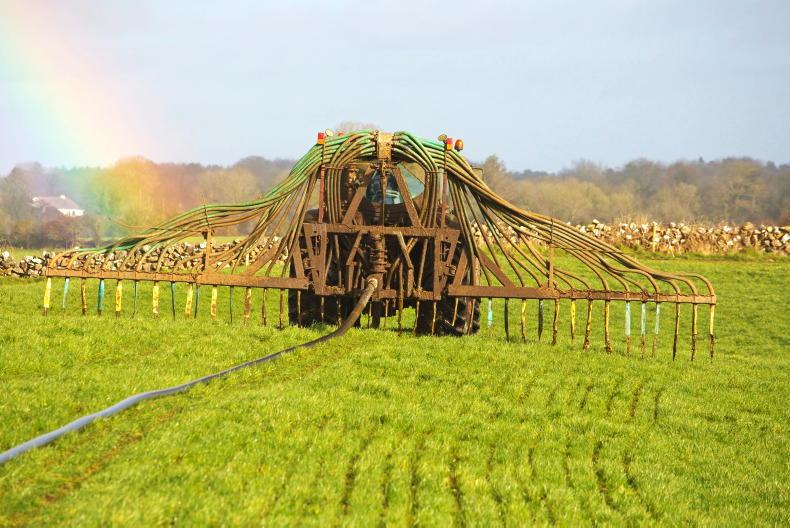
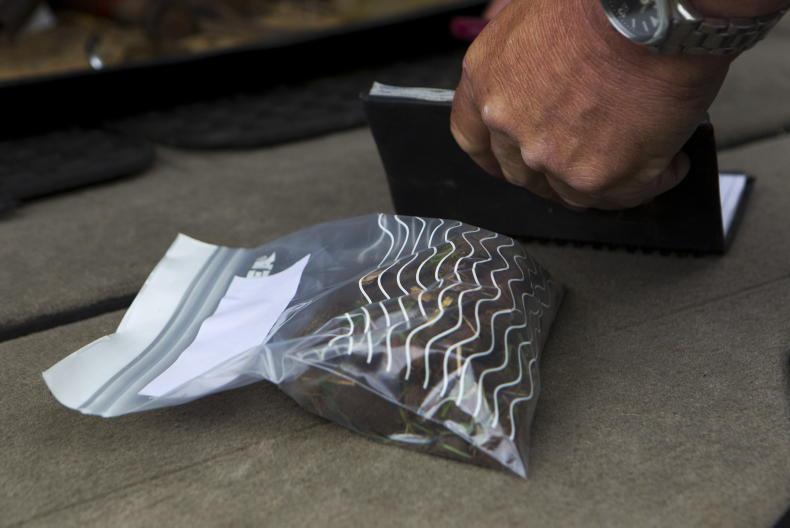

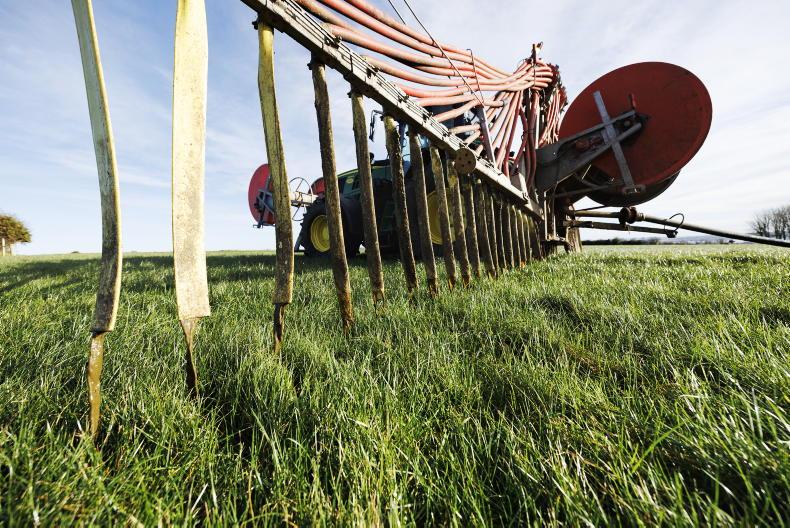
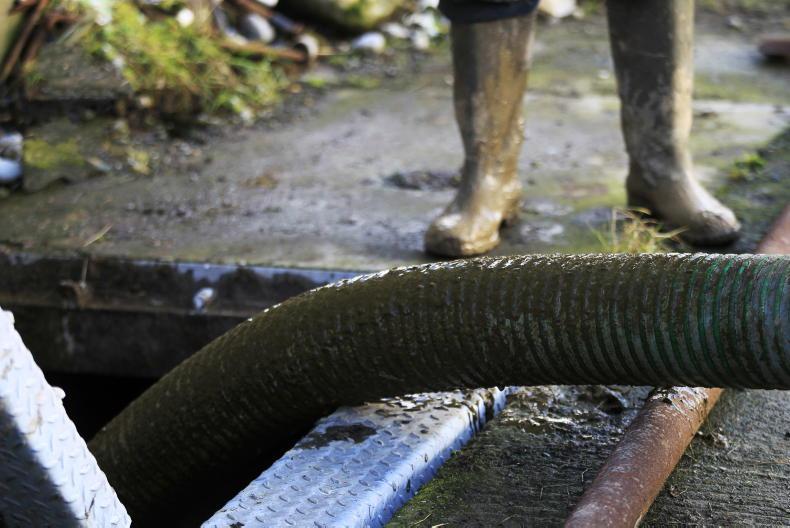
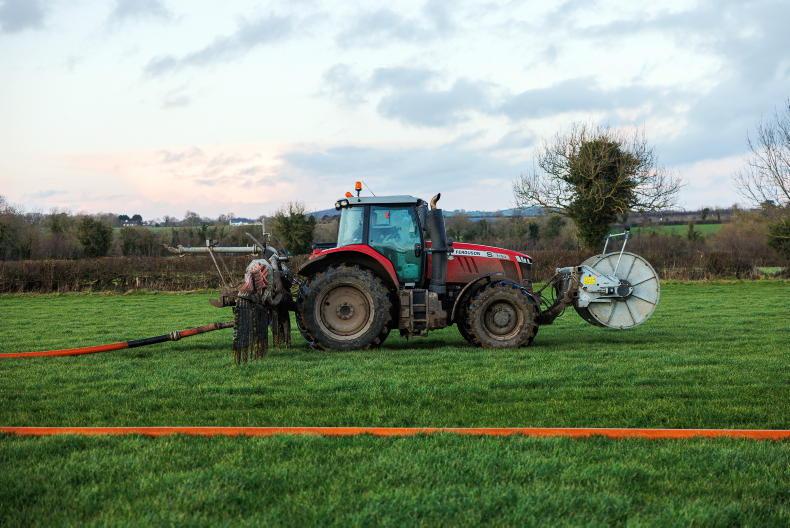
SHARING OPTIONS